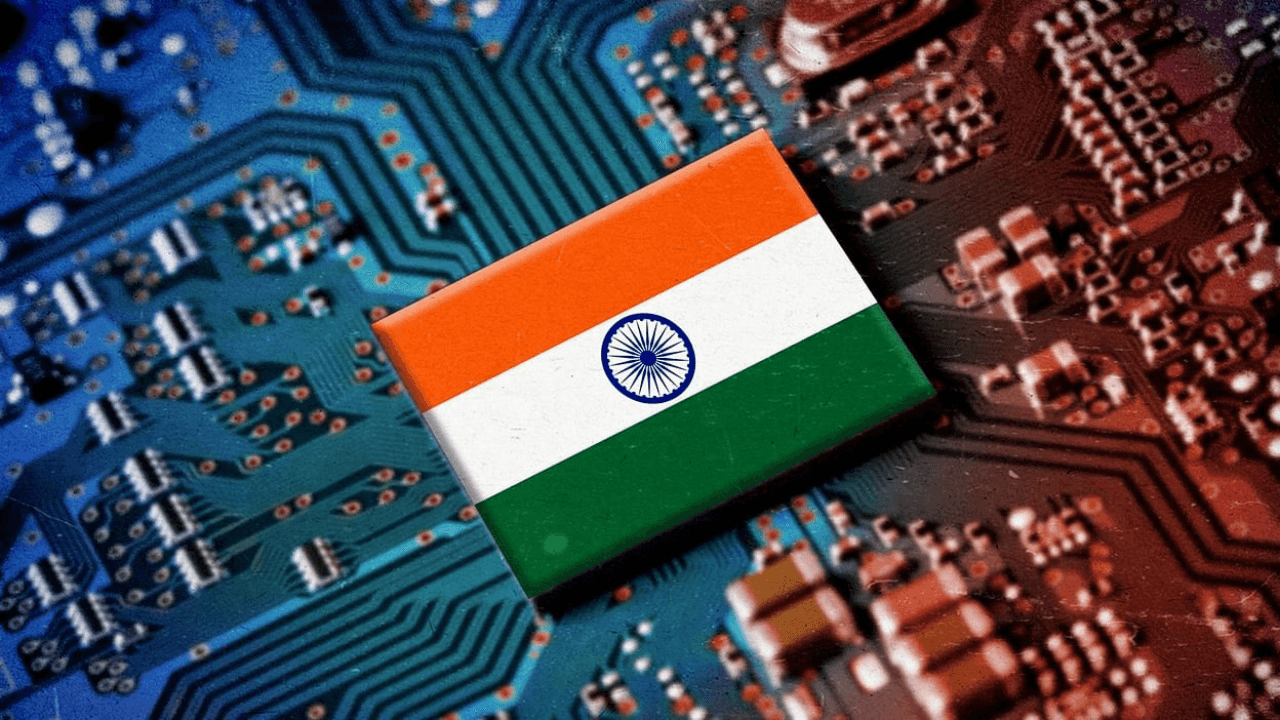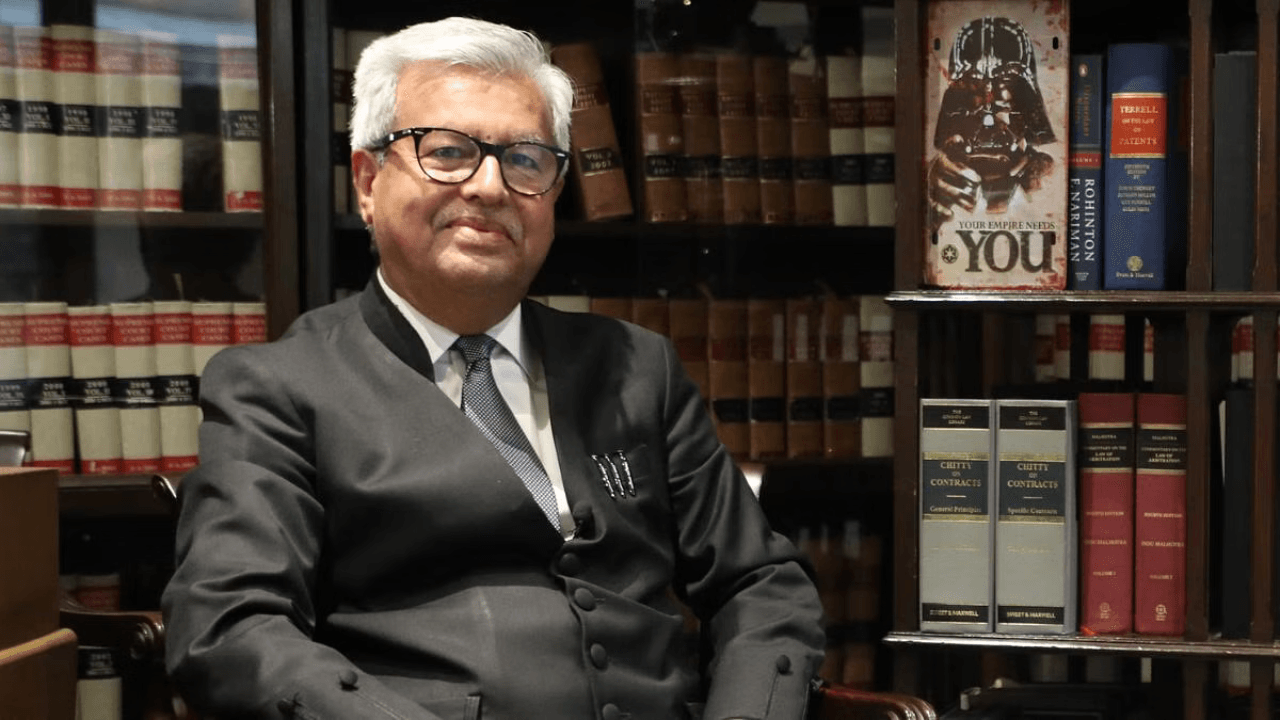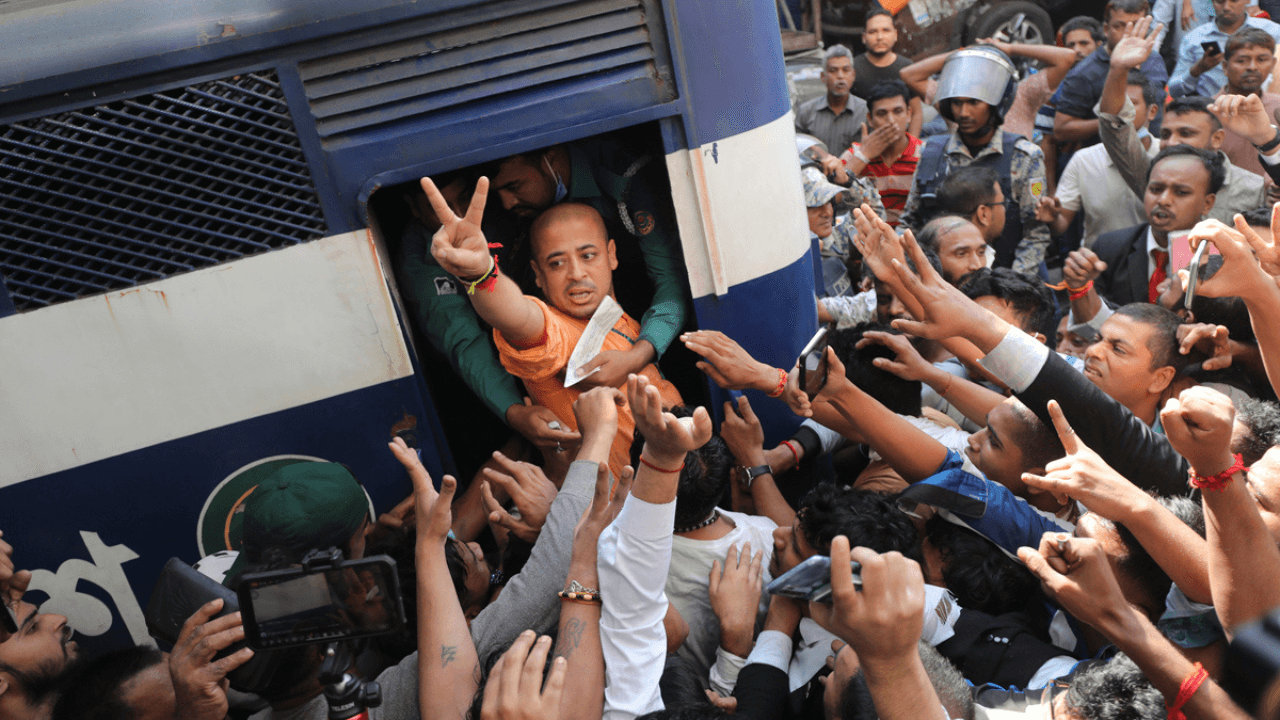India, recognizing the critical importance of semiconductors in national security, economic growth, and technology independence, is now setting ambitious goals to establish self-sufficiency in chip manufacturing. This initiative is not merely a response to domestic demands but also a strategic maneuver to fortify its position in a globally competitive landscape.
Historically, the vulnerabilities of relying on foreign semiconductor sources have become glaringly evident. For instance, during the US-China trade war, a significant disruption occurred when the US restricted semiconductor supplies to Chinese tech giants like Huawei. This incident highlighted how geopolitical tensions can impact critical supply chains, forcing nations to reconsider their dependence on foreign semiconductors. India, keenly aware of these dynamics, sees the urgency in developing its manufacturing capabilities.
The economic implications of a robust domestic semiconductor industry are profound. The semiconductor sector can drive growth in various domains, including telecommunications, automotive industries, and consumer electronics. For example, countries like South Korea and Taiwan have successfully built formidable semiconductor industries, contributing significantly to their GDP and employment rates. India aims to replicate this model, aspiring to transform its economy into a $5 trillion powerhouse. By investing in semiconductor manufacturing, India could not only create thousands of jobs but also attract foreign investment, leveraging its position as a burgeoning electronics manufacturing hub.
National security remains a paramount concern in the semiconductor debate. The ongoing tensions between major powers underscore the need for technological autonomy. Semiconductors are integral to defense technologies and infrastructure; hence, a domestic manufacturing base can help protect sensitive technologies from external threats. The establishment of indigenous semiconductor production aligns with India’s broader defense strategy, much like how Israel has prioritized technology self-reliance to safeguard its national interests.
Moreover, India’s historical focus on IT services has left a glaring gap in hardware capabilities, particularly in semiconductor R&D. While India excels in software development—producing global leaders in IT—its hardware sector has lagged. The country has now acknowledged this shortfall and is ramping up investments in research and development. The launch of initiatives aimed at enhancing semiconductor research, such as collaborations with private sector players and investment in research institutions, marks a significant shift in policy.
In 2023, during the Commercial Dialogue, India and the United States signed a Memorandum of Understanding (MoU) focused on easing supply chain maneuvers. Building on this momentum, in 2024, India established two significant bilateral agreements with Singapore and Taiwan. The partnership with Singapore emphasizes four key areas: investments, joint ventures, technology partnerships, and the development of manufacturing facilities. Additionally, in 2024, the Tata Group, in collaboration with Taiwan’s PSMC, made a considerable commitment to India’s semiconductor mission by signing an agreement for an investment of ₹91,000 crore. This situation brings to mind the historical partnership between Hero Cycles of India and Honda Motor Company of Japan, which led to the establishment of Hero Honda Motors Limited in 1984 in Dharuhera, India. Hero Honda went on to become the world’s largest two-wheeler manufacturer by 2001. Whether Tata can similarly learn from PSMC and navigate this new venture successfully, as Hero did with Honda, remains to be seen; only time will reveal whether these developments will lead to tailwinds or headwinds.
The semiconductor industry faces several significant challenges. Firstly, it is highly capital-intensive; no other industry demands such a high level of investment in both research and development—accounting for 22% of annual semiconductor sales to electronic device manufacturers—and capital expenditure, which constitutes 26%, according to a report commissioned by the Semiconductor Industry Association. Secondly, the industry’s closed ecosystem and restricted access to technology present further obstacles to semiconductor manufacturing. The global semiconductor chip market is predominantly controlled by a few countries and a limited number of firms, with Taiwan and South Korea accounting for approximately 80% of the global foundry base for chips. Additionally, only one company, ASML based in the Netherlands, manufactures EUV (extreme ultraviolet lithography) devices, which are essential for producing advanced chips, creating a nearly closed manufacturing ecosystem with very high entry barriers. Thirdly, the complex manufacturing process of semiconductor wafers involves between 500 to 1,500 steps, requiring multiple inputs such as silicon wafers, commodity chemicals, specialty chemicals, and other essential infrastructure prerequisites, including a clean water supply and uninterrupted power supply.
Nations such as the United States and Taiwan have invested billions over several decades to cultivate their semiconductor ecosystems. For India to emerge as a competitive player in this field, it must prioritize sustained investment and forge partnerships with leading semiconductor firms. A notable example is the Semiconductor Manufacturing International Corporation (SMIC) in China, where strategic collaborations have led to significant advancements in domestic manufacturing capabilities. Furthermore, India should focus on harnessing its IT talent pool and promote integrated IT and hardware solutions. Simply replicating the types of chips produced by the world’s leading chipmakers will not position India as a major player in the semiconductor landscape.
This raises critical questions about which tech-niche areas should take precedence for India. For instance, while Israel has made significant strides in national security and critical technological advancements, the recent Hamas attack highlighted vulnerabilities in their intelligence. India could concentrate on developing critical technological solutions related to defense, leveraging its diverse viewpoints and the plurality of opinions within the country. Closing the gap with Israel and the United States in defense technology is essential for India’s semiconductor mission. By questioning existing innovations and engaging in reverse engineering, India can uncover new opportunities for its highly talented youth, paving the way for a more robust semiconductor industry.
India’s quest for semiconductor self-sufficiency is both a pragmatic response to global dynamics and a strategic imperative for national growth. By learning from historical precedents and embracing a proactive approach to investment and R&D in the semiconductor sector, India has the opportunity to redefine its technological landscape. As the saying goes, “In the world of technology, he who controls the chips controls the future.” India’s journey toward semiconductor self-sufficiency may very well dictate its position on the global technological stage in the years to come.












